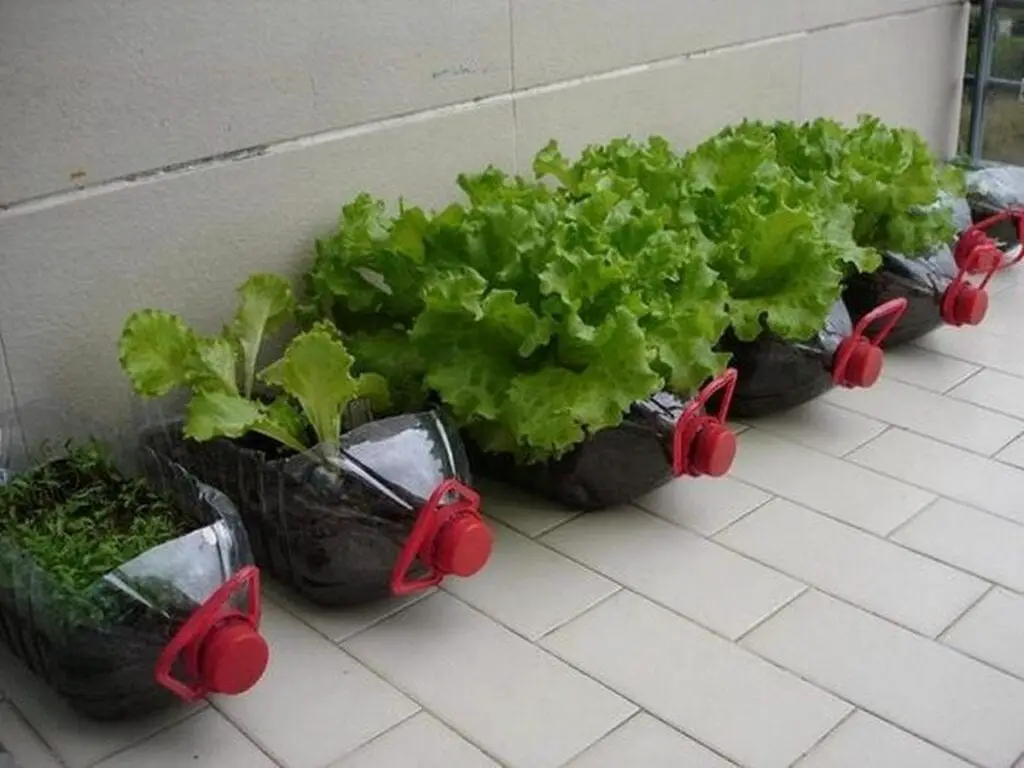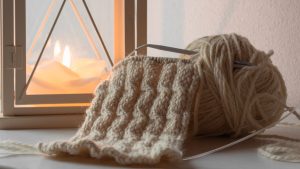The mass of plastic detritus present in the oceans is so enormous that some call it the “7th continent.” In fact, at the rate that we manufacture and use plastic now, there will be more plastic than fish in the oceans by 2050.
That’s why – now more than ever – we should recycle plastic as much as possible. We don’t want any more of the stuff in our oceans.
Here’s one way to recycle PET bottles: plastic bottle planters. And while you are at it, bond with your kids by asking them to put faces on those grass seed planters. :)
From simple and practical designs to more elaborate and decorative ones, there’s something here for everyone. So what are you waiting for? Get started on your own plastic bottle planter today!
There’s something so satisfying about upcycling plastic bottles into something useful and beautiful.
Did you know that plastic takes up to 1,000 years to decompose? That’s why it’s so important that we recycle plastic whenever possible. By recycling plastic, we can help reduce the amount of plastic waste that ends up in our oceans. Here’s what you’ll need to get started:
Contents
Making Plastic Bottle Planters
What are the materials needed to make plastic bottle planters?
- Empty plastic bottles
- Soil
- Grass seeds
- Googly eyes or cardboard/paper and markers
How to make plastic bottle planters?
Who knew that plastic bottles could be so versatile? With a little bit of creativity, you can transform them into stylish planters for your home or garden.
Making a planter out of a plastic bottle is a great way to recycle materials and create something unique for your home or garden. Plus, it’s a fun project that you can do with the kids! Here’s how to make your own plastic bottle planter:
1. Cut the bottles
To make your own recycled self-watering planters, simply cut plastic bottles at about 1/3 of their size. Then, puncture the bottom of the bottle with a nail to create 3 small holes for excess water to drain.
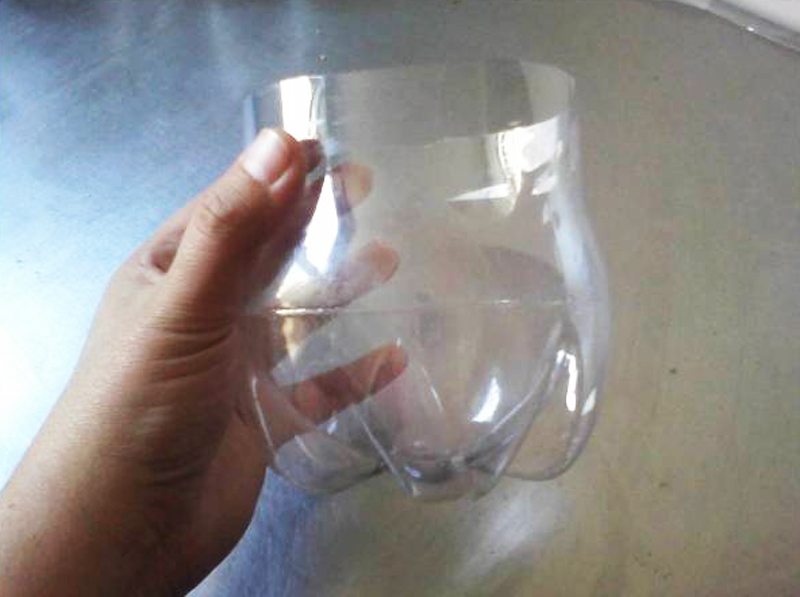
2. Attach the cute designs
Then ask your kids to help create the face. They can use the bottle cap as the nose, and also draw the eyes on paper or cardboard.
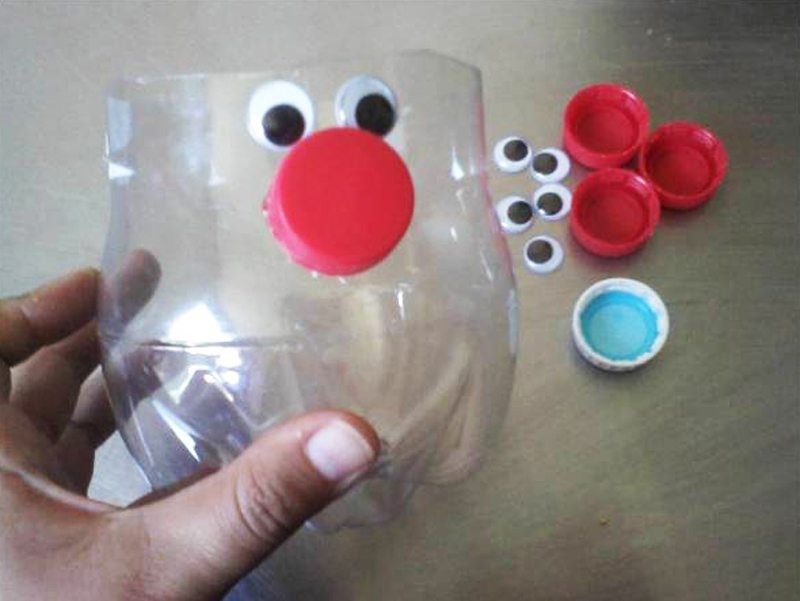
3. Fill with soil
Fill them up with soil, leaving about half an inch of space at the top. Be sure to gently pack the soil down so that the plant has a good foundation. Water the plant thoroughly after planting.
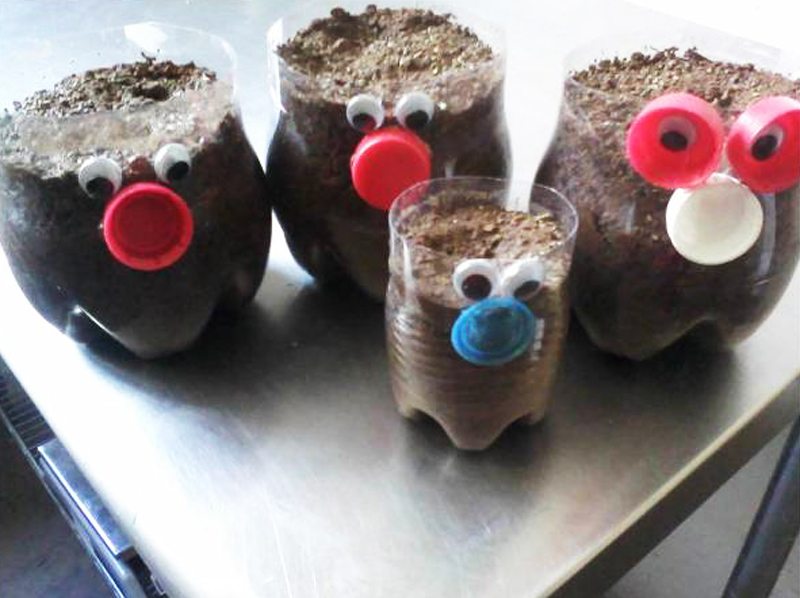
Sprinkle the seeds on top of the soil and pat them down gently so they make good contact with the soil. Add a thin layer of soil on top of the seeds, being careful not to bury them too deeply. Water the area gently so the soil is moist but not soggy.
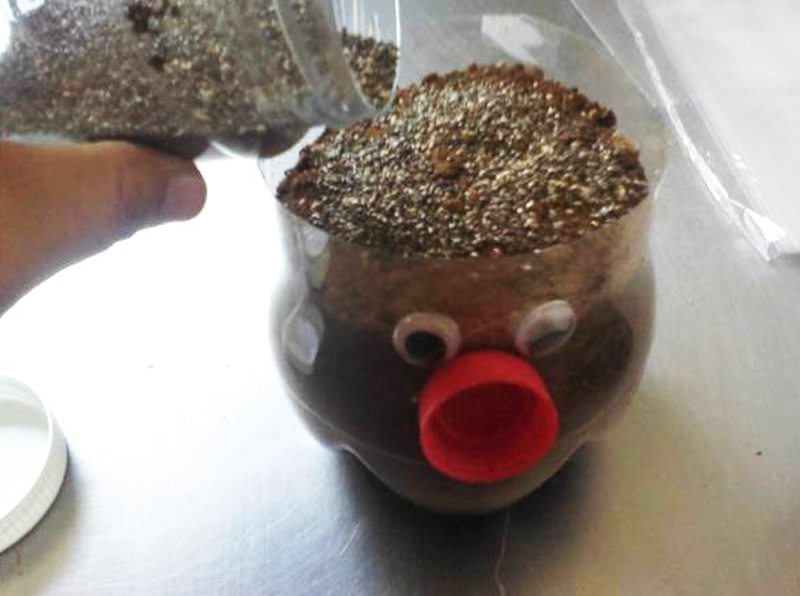
With proper care, your kids will see the planter’s green hair in time! It’s so exciting to watch a plant grow, and even more so when you’ve made it yourself with your own two hands. Have fun crafting this project with your kids, and enjoy watching your little plant thrive!
Source: Fabulous DIY Ideas
Awesome plastic bottle planter designs.
If you’re looking for some inspiration to get started with your own plastic bottle planter designs, then look no further! We’ve compiled some of the most creative and awesome designs out there to get your creative juices flowing.
Click on any image to start the lightbox display. Use your Esc key to close the lightbox.![]()
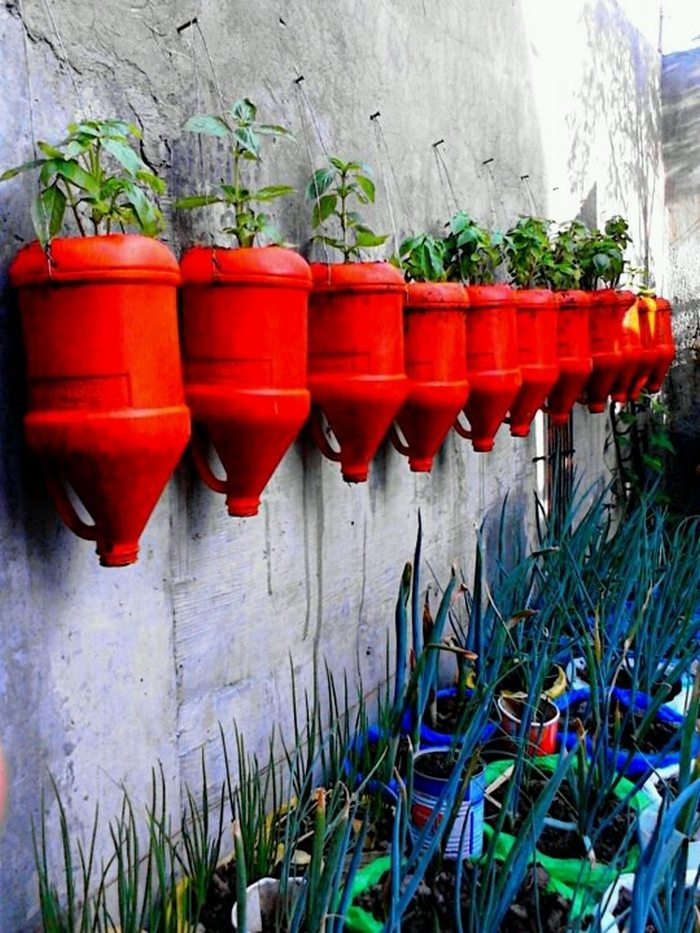
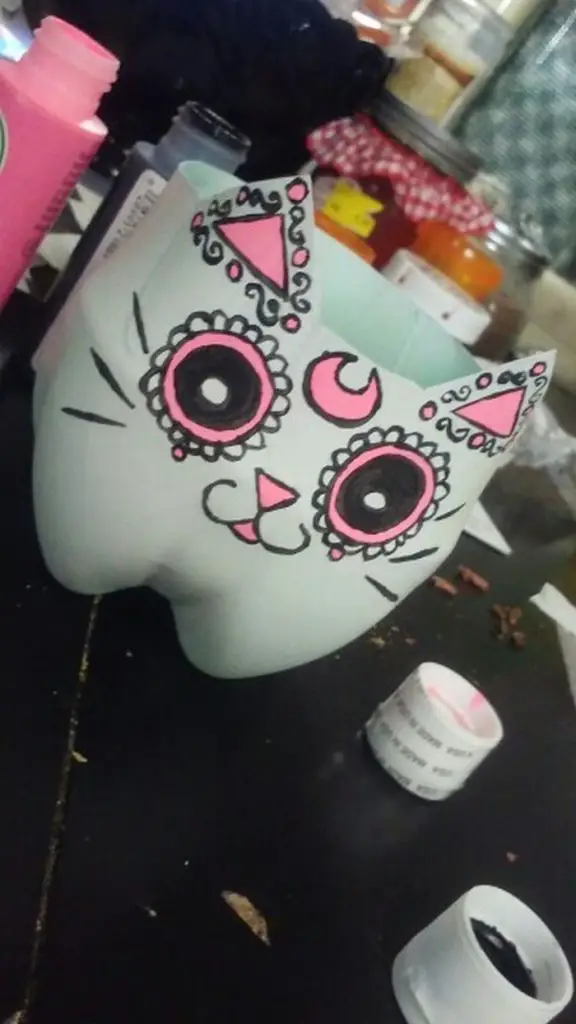
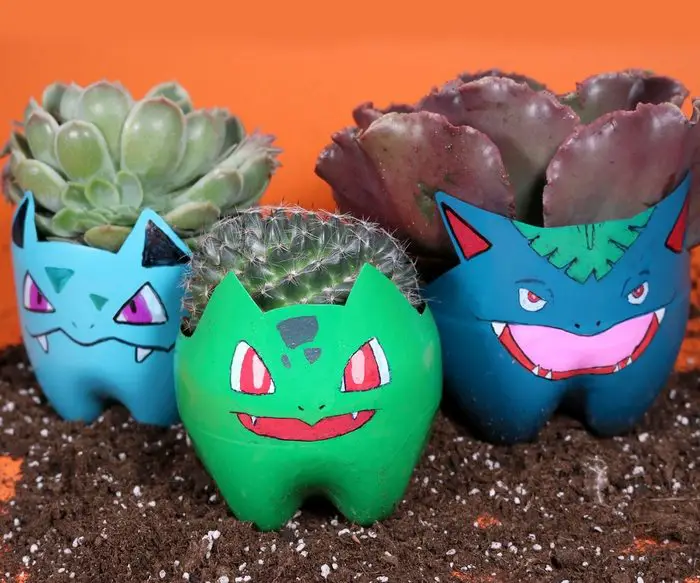
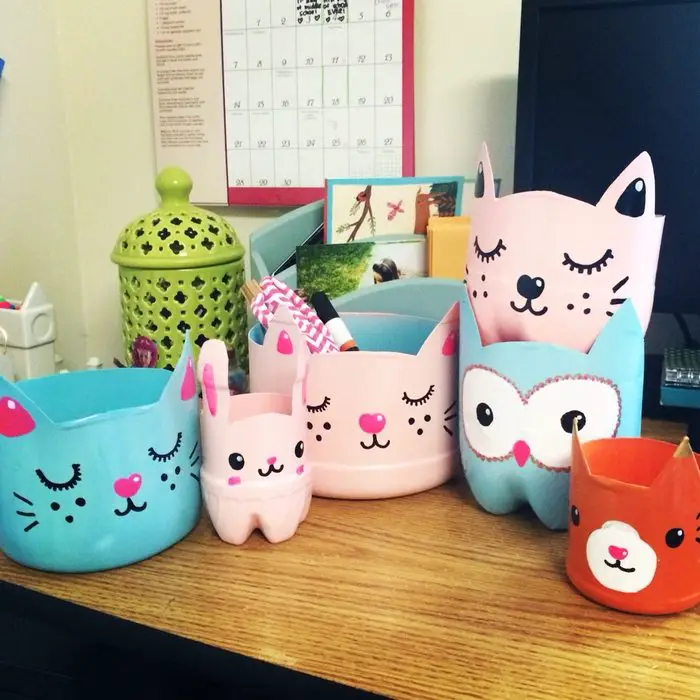

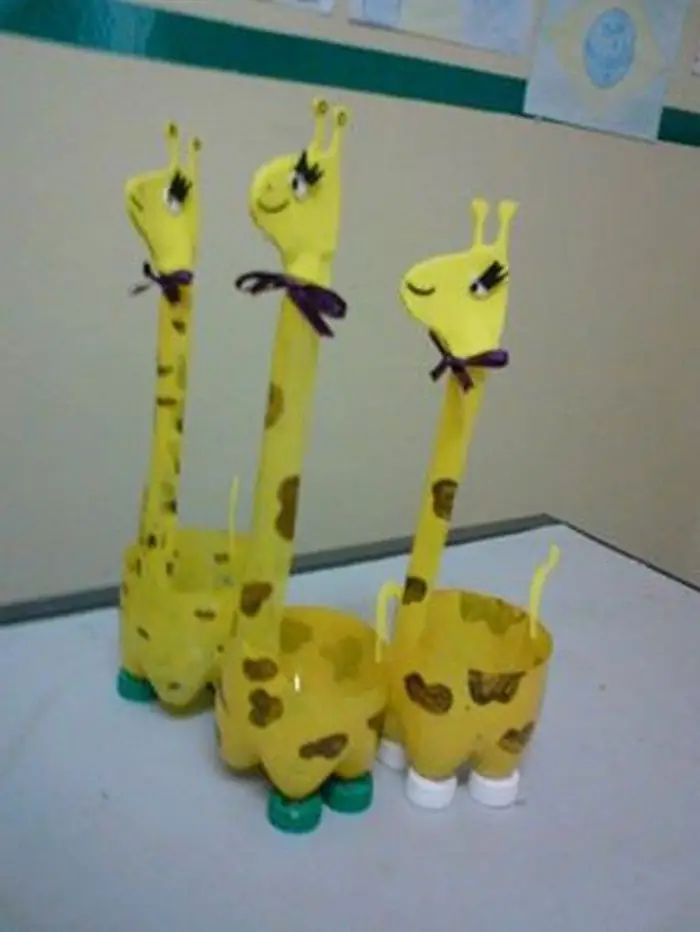
The Best Plants for Plastic Bottle Planters
Plastic bottle planters are an innovative way to recycle while beautifying your space. They’re perfect for a variety of plants that thrive in confined spaces and require moderate care. These suggestions will help you choose the right plants for your plastic bottle planters.
Herbs
Basil, Mint, and Parsley: Herbs are ideal for plastic bottle planters because they don’t need deep roots to thrive. They also provide the added benefit of being useful in the kitchen. Basil, mint, and parsley are particularly easy to grow and maintain, making them perfect for these recycled containers.
Succulents
Aloe Vera, Sedum, and Hen-and-Chicks: Succulents are well-suited for plastic bottle planters due to their low water requirements and small root systems. These plants also adapt well to the limited soil depth and can handle the occasional neglect.
Small Flowers
Marigolds and Pansies: Small flowering plants like marigolds and pansies are great for adding a pop of color to your plastic bottle planters. These plants are compact, so they fit well in smaller containers, and they provide visual interest with their vibrant blooms.
Leafy Greens
Lettuce and Spinach: If you’re interested in growing your own vegetables, leafy greens like lettuce and spinach are excellent choices for plastic bottle planters. They grow quickly and don’t require a lot of space, making them suitable for compact container gardening.
Climbing Plants
Ivy and Small Varieties of Philodendron: Climbing plants can be trained to grow upwards, which makes them interesting additions to your collection of plastic bottle planters. They can create a green curtain effect if grown near a trellis or support structure.
By choosing the right plants for your plastic bottle planters, you can enjoy gardening without needing a lot of space, all while contributing positively to the environment by recycling.
Decorating Your Home with Plastic Bottle Planters
Plastic bottle planters offer a unique and eco-friendly way to decorate your home. Not only do they help reduce waste, but they also add a touch of greenery to your living space. Whether you’re looking to spruce up your indoor areas or enhance your outdoor garden, these creative ideas will transform your home with style and sustainability.
Indoor Decor
- Windowsill Gardens: Utilize the natural light by placing plastic bottle planters on your windowsills. Fill them with herbs or small flowers to create a mini garden that freshens up your kitchen or living room.
- Hanging Planters: Convert plastic bottles into hanging planters for a dynamic look in your home. They’re perfect for air plants, small succulents, or ivy, which can drape beautifully and add vertical interest to your decor.
- Table Centerpieces: Create charming table centerpieces with plastic bottle planters. Customize them with paint, fabric, or other decorative materials to match your home’s aesthetic. They’re ideal for small flowers or ferns that don’t require deep soil.
Outdoor Enhancements
- Balcony Gardens: Maximize limited space on your balcony with plastic bottle planters. Grow a variety of flowers, herbs, or even small vegetables. Arrange them creatively to make the most of vertical spaces.
- Pathway Edging: Line your garden pathways with plastic bottle planters for a neatly organized look. This is a great way to define spaces while adding bursts of color with seasonal flowers or low-maintenance perennials.
- Fence Decorations: Attach plastic bottle planters to fences to enhance their look and functionality. Fill them with brightly colored blooms or cascading greenery to create a lively backdrop for your garden.
Seasonal Displays
- Holiday Themes: Adapt your plastic bottle planters for holidays. Paint them in festive colors for Christmas, Halloween, or Easter. Plant seasonal flowers or incorporate decorative elements like mini lights or ornaments to celebrate the occasion.
By incorporating plastic bottle planters into your home decor, you not only create a unique aesthetic but also contribute to a more sustainable lifestyle. These versatile containers can be transformed into beautiful and practical decorations with just a little creativity.
Challenges and Solutions in Using Plastic Bottle Planters
While plastic bottle planters are a creative and environmentally friendly way to recycle and garden, they do come with some unique challenges. Understanding these issues and knowing how to address them will help you get the most out of your plastic bottle planters.
Drainage Issues
Challenge: Plastic bottles are non-porous and do not naturally allow for water drainage, which is essential for healthy plant roots.
Solution: Before filling the bottles with soil, carefully drill or melt holes in the bottom of each bottle. This will ensure excess water can drain away, preventing root rot and other water-related issues.
Material Degradation
Challenge: Plastic can degrade over time, especially when exposed to sunlight and varying temperatures, which can be harmful to plants and soil.
Solution: Paint or cover the outside of the plastic bottles with a UV-resistant material to shield them from direct sunlight. Alternatively, place them in locations that receive partial shade to reduce direct exposure.
Limited Space
Challenge: The narrow confines of a plastic bottle limit the amount of soil and space available for root growth, which can stunt plant development.
Solution: Choose plants that naturally require less room to grow, such as herbs, succulents, or small flowers. For larger plants, consider using bigger plastic containers like water jugs or detergent bottles that can accommodate more soil and have room for root expansion.
Aesthetic Concerns
Challenge: Plastic bottles may not be as visually appealing as traditional pots, which can be a deterrent for some gardeners.
Solution: Decorate the bottles with paints, fabrics, or other decorative items to enhance their appearance. Engaging in creative decoration not only improves the look but also adds a personal touch to your gardening projects.
Stability
Challenge: Plastic bottle planters are lightweight and can tip over easily, especially in windy conditions or when plants become top-heavy.
Solution: Fill the bottom part of the bottle with stones or sand before adding soil to increase stability. For added security, group planters together or secure them to a base that can hold multiple bottles.
By addressing these challenges with practical solutions, you can enhance the effectiveness and enjoyment of using plastic bottle planters in your gardening activities.
Conclusion
Making plastic bottle planters is an excellent way to recycle and add greenery to your living space. These planters encourage creativity and can be customized to fit any decor style. With the right plants and some basic modifications for issues like drainage and stability, you can create beautiful, sustainable gardens in your home or community.
If you liked this project, you might also like to view the Craft Ideas from Recycled Plastic Soda Bottles…

